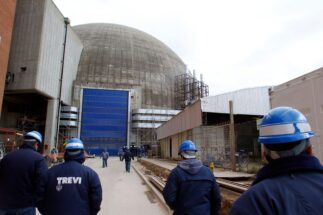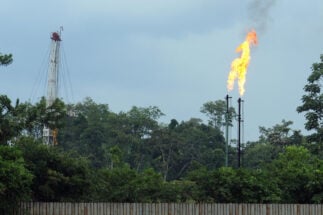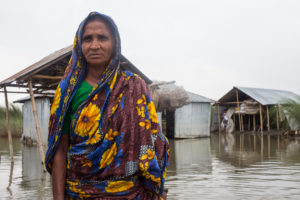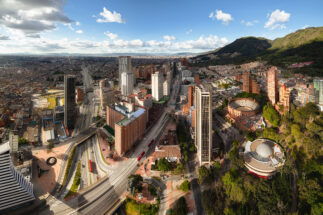With the arrival of Guillermo Lasso to the presidency of Ecuador in May, the South American country is seeking to open up the economy to attract investors and turn black the red numbers inherited from past governments.
However, Ecuador’s public debt – which amounted to US$62 billion last June, according to the Ministry of Economy – is one of the main obstacles Lasso must overcome to deliver on his campaign promises to create 2 million jobs, raise the basic monthly wage from US$400 to US$500 and provide loans to farmers at low interest rates, among others.
A portion of that debt is on Chinese letterhead. In recent years, several Chinese state-owned banks have granted loans totalling US$8 billion. Some US$5.188 billion is outstanding, according to the ministry’s records from June.
The debt to China began under the regime of Rafael Correa, who came to power in 2007 with a leftist model of government that sought new international allies. Yet, the negotiations around the borrowing and its rapid multiplication raised serious questions about debt sustainability.
The evolution of Ecuador’s China debt
In 2008, Correa defaulted on a tranche of foreign debt and began to look for alternative sources of finance. At the same time, China was cultivating new relationships with Latin American countries as it sought secure supply lines of the raw materials it needed for its development, and outlets for its surplus industrial capacity.
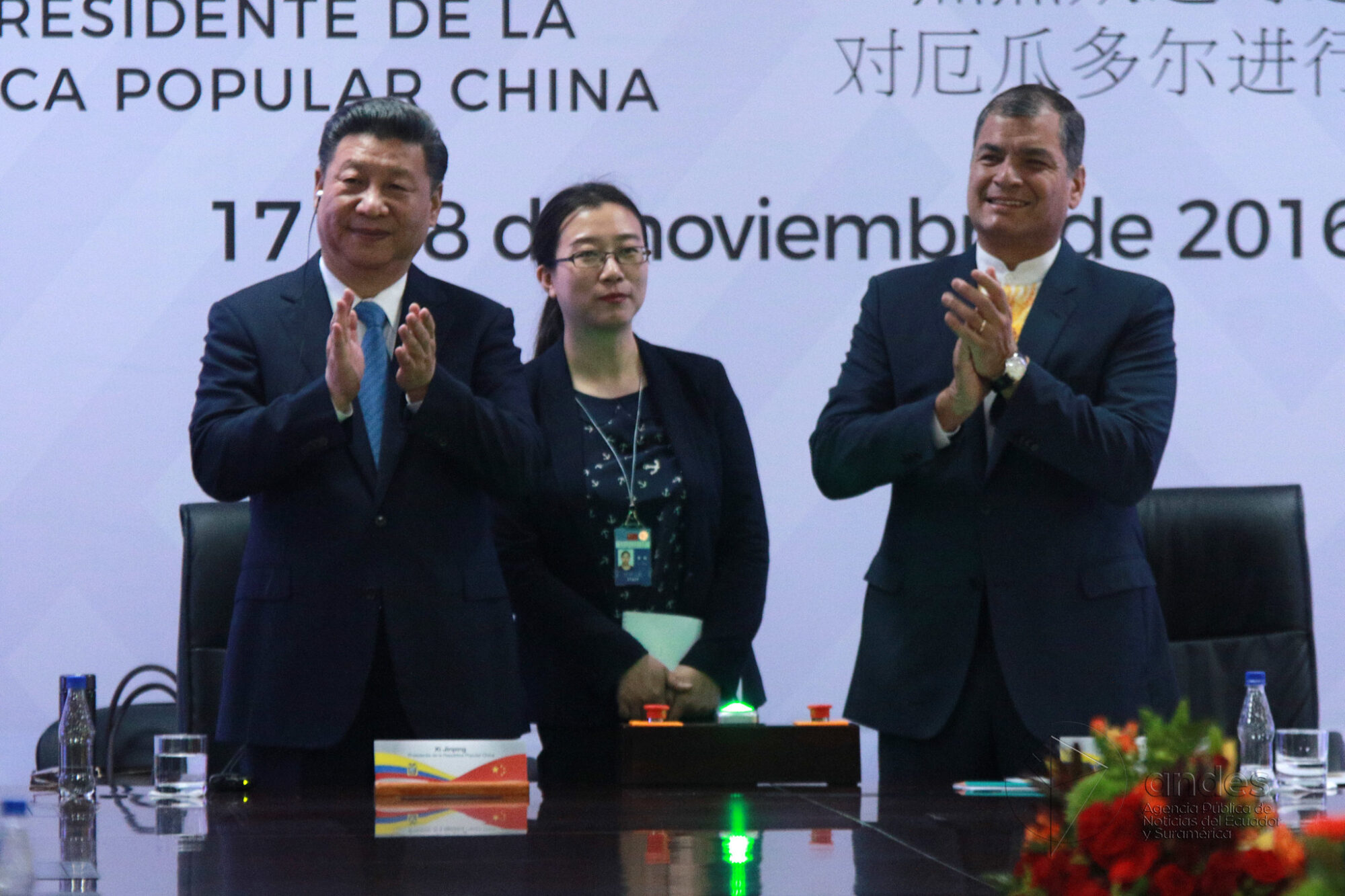
China arrived in Ecuador with deep pockets, but the terms of loans were non-transparent with many conditions unknown, according to opposition sectors. Part of the money was used to boost electricity generation, flood prevention and agricultural irrigation works. Yet, several of these projects are now the subject of investigations, including the country’s largest hydroelectric plant, Coca Codo Sinclair. According to an examination by the Comptroller’s Office, the plant’s distributors have thousands of cracks in them, jeopardising the project.
Did you know?
Ecuador's debt to China rose from US$6 million to US$8.1 billion between 2008 and 2016.
The debt with China experienced a dizzying increase in from 2008 to 2016. In those eight years, it skyrocketed from US$6 million to US$8.1 billion. A year later, Lenín Moreno won the Ecuadorean presidential elections. He managed to renegotiate US$891 million of debt with the China Development Bank (CDB) and Eximbank. Moreno also obtained a US$6.5 billion loan from the IMF at a rate of 2.9%, four percentage points less than the China loans.
The US plan
Early indications are that Lasso will seek to refinance the debt with help from North America. While still a presidential candidate, he spoke to CNN of his interest in reaching out to the US and seeking agreements with the IMF or the DFC (the US government’s International Development Finance Corporation). Earlier this year, the Moreno administration and the DFC signed an agreement for a loan of up to US$3.5 billion at an interest rate of 2.48%.
The DFC was created in 2018 as part of the US policy to regain its hegemony in Latin America in the face of increased Chinese economic activity in the region. On its website, and implying a differentiation with China, the corporation states: “The contracts are transparent, the financing is sustainable, the social impacts are correctly assessed (…). The DFC helps countries avoid opaque financing that often results in unsustainable debts”.
According to experts of Chinese geopolitics, however, the DFC’s moves in Ecuador have more to do with politics than economics.
For the US, Ecuador’s development is of secondary importance. More importantly, the US hopes to drive China and Chinese companies out of Latin America
“For the US, Ecuador’s development is of secondary importance. More importantly, the US hopes to drive China and Chinese companies out of Latin America,” commented Vijay Prasad, visiting researcher at the Chongyang Institute for Financial Studies at Renmin University of China, and John Ross, Senior Fellow at the Chongyang Institute, in an article published on the Chinese nationalist news outlet Guancha right before the Ecuador election result was confirmed.
The benefits of Ecuador’s relationship with China
Analysts agree that President Guillermo Lasso must look for financing opportunities on favourable terms, while at the same time strengthening its commercial relationship with China, looking beyond it as only a financier.
“China is currently the world’s leading economy in terms of market recovery despite the pandemic. The Chinese market, due to its reactivation, is beginning to consume more and more every day,” says Gustavo Cáceres, president of the Ecuadorian–Chinese Chamber of Commerce (CCECH). Cáceres sees a promising niche in the more than 600 million consumers in China.
10,98
million barrels of oil exported by Ecuador to China in 2020
In 2020, Ecuador’s total exports to China were worth US$3.2 billion in FOB values (market value at customs borders, including transport costs, export duties and cargo). Shrimp (59%), oil (12%), balsa wood (11%) and bananas (5%) account for 87% of Ecuador’s export earnings to China.
“Imports have increased while exports have decreased considerably… At the level of exported volume (metric tonnes), [there has been] a reduction of almost 50%,” states a CCECH report.
To boost production and exports to China, Cáceres says the Lasso government should seek a balanced trade agreement with Beijing to improve the competitiveness of Ecuador’s star products, such as shrimp, oil and bananas.
In the case of oil, during 2020, the main markets for Ecuadorian oil were Panama (55.76 million barrels), the United States (40.4 million barrels), Chile (14.83 million barrels) and China (10.98 million barrels).
However, Lasso’s discourse has not been entirely rigid on trade relations with China. In the same interview with CNN, he said that the relationship must be balanced: “I believe that in international diplomacy we have to be on good terms with God, with the devil and with the whole world”.

Informed debt
Carlos Julio Emanuele, Ecuador’s former finance minister and a former IMF official, agrees that the debt with Ecuador should be reviewed.
“Two fundamental things should be done: first, debt cancellation, because it is a debt that has been detrimental to the country; and second, release the oil that was given as collateral for the remainder of the loans,” he says. “The moment the debt is cancelled, there should no longer be any obligation for Ecuador to deliver the oil to China, but to sell it on the international market.”
The obligatory sale of oil is a condition of one of China’s loans, then economy minister Patricio Rivera acknowledged in 2010, amid an otherwise secretive atmosphere. “The Ecuadorian government committed to sell 36,000 barrels of oil a day to China for four years as part of the US$1 billion loan agreement signed in August of that year,” El Universo reported.
“This is one of the issues that leads one to be suspicious of these negotiations, because once they were over, the documents were declared secret,” says Emanuele, who sees a rethinking of the debt as the only viable way forward. Investigations are underway in the US into several negotiations for the pre-sale of Ecuadorian oil to Chinese companies. (These are taking place in the US as that is where the movement of money linked to the deals was detected.)
The investigations have already led to arrests for bribes related to commercial intermediation and the simulation of transactions. Investigations have been also been launched in Ecuador.
“Eight hydroelectric plants were financed [with Chinese loans], of which four or five are still not operational. There is a reason to rethink [ties] with China and say ‘we want to have good relations with you, but here we have to fix these things’. So we have to rethink the issue,” Emanuele says.
China’s response
Evan Ellis, a professor and researcher of Latin American Studies at the US Army War College’s Strategic Studies Institute, believes that China will maintain a cautious approach to relations with Ecuador.
“I suspect that China will not say ‘no’ outright and will say something to Lasso to keep him happy,” he says.
The pursuit of national independence and friendship with China are consistent with each other
“China and its companies typically seek new entry points among people associated with the government and try to adapt to the style and needs of each new government. Ecuador continues to be in a situation of great economic and fiscal need. I am sure that, despite the more conservative orientation of the Guillermo Lasso administration, China is looking for entry points,” Evan Ellis adds.
Analysts John Ross and Vijay Prasad believe that China’s relationship with Latin America has benefits for all parties. They write: “It will help them move towards national independence, rather than just being ‘America’s backyard’ (…). [The US] wants to make these countries more subservient. The pursuit of national independence and friendship with China are consistent with each other.”
